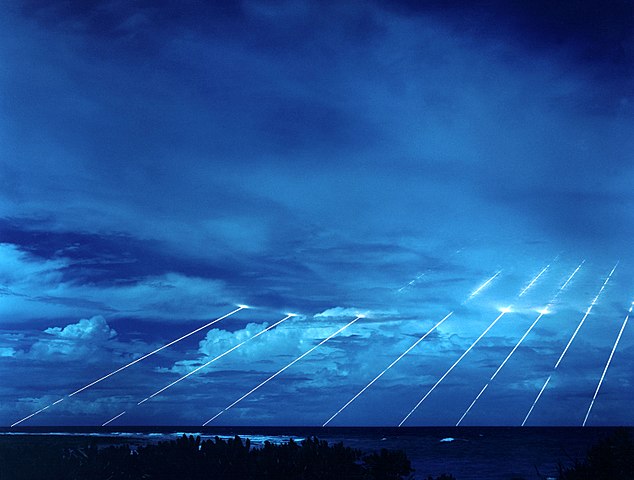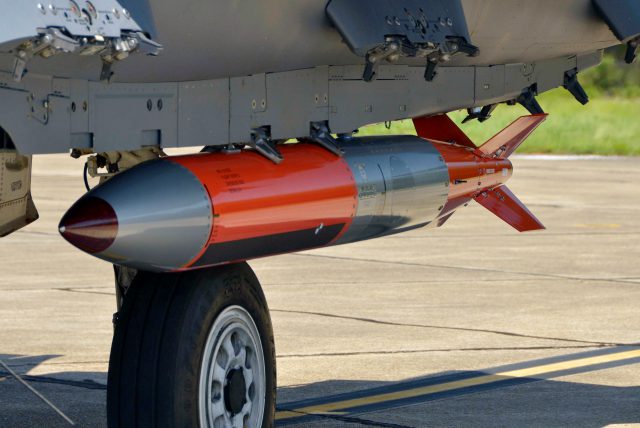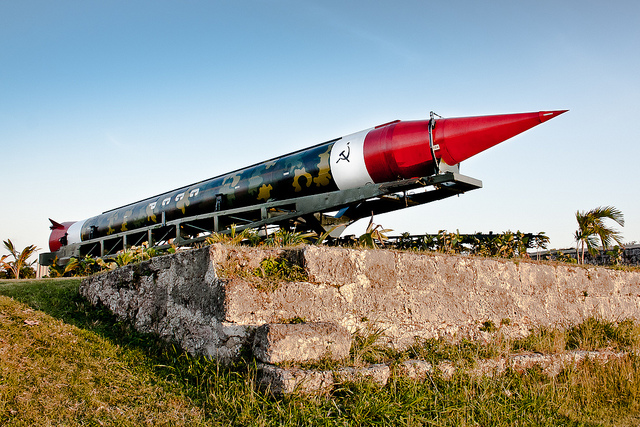The bomb for Australia? (Part 3)

After the Cold War ended, the existence of nuclear weapons on both sides wasn’t enough to stop the US from expanding NATO’s borders ever eastwards towards Russia’s borders, contrary to the terms on which Moscow thought Germany’s reunification and the admission of a united Germany into NATO had been agreed. Several Western leaders at the highest levels had assured Mikhail Gorbachev that NATO wouldn’t expand even ‘one inch eastward’. In 1999, Russia watched helplessly from the sidelines as its ally, Serbia, was dismembered by NATO warplanes that served as midwives to the birth of an independent Kosovo.
But Moscow didn’t forget the lesson. In 2014, the nuclear equation didn’t stop Russia from reacting militarily to the US-backed Maidan coup in Ukraine—which displaced the pro-Moscow elected president with a westward-looking regime—by invading eastern Ukraine and annexing Crimea. In other words, the more or less constant US–Russia nuclear equation is irrelevant to explaining the shifting geopolitical developments. We have to look elsewhere to understand the rebalancing of US–Russia relations over the past decade and a half.
Closer to home, nuclear weapons didn’t stop Pakistan from occupying the forbidding Kargil Heights on the Indian side of the Line of Control in 1999, or India from waging a limited war to retake it—an effort that cost over 1,000 lives. If Mumbai or Delhi were hit by another major terrorist attack that New Delhi concluded had Pakistan connections, the pressure for some form of retaliation across the border might well prove stronger than the caution about Pakistan having nuclear weapons.
Nor do nuclear weapons buy immunity for North Korea. The biggest elements of caution in attacking it are its formidable conventional capability to hit the heavily populated parts of South Korea, including Seoul, and anxiety about how China would respond. Pyongyang’s present and prospective arsenal of nuclear weapons and its capacity to deploy and use them credibly is a distant third factor in the deterrence calculus.
If we move from historical and contemporary cases to military logic, strategists face a fundamental and unresolvable paradox in ascribing a deterrent role to the bomb. To deter a conventional attack by a more powerful nuclear adversary, each nuclear-armed state must convince its stronger opponent of its ability and will to use nuclear weapons if attacked—for example, by developing tactical nuclear weapons and deploying them on the forward edge of the battlefield. But if the attack does occur, escalating to nuclear weapons will worsen the scale of military devastation even for the side initiating nuclear strikes. Because the stronger party understands that, the existence of nuclear weapons will induce extra caution. But it won’t guarantee immunity for the weaker party.
For example, ASPI’s Andrew Davies believes that, while there is little realistic likelihood of an outright invasion by China, sea-based or air-launched long-range strikes against Australian targets are imaginable. Suppose that were to occur, and suppose further that we had acquired the sort of high-yield nuclear bombs and long-range delivery systems that Hugh White mentions. Would we really threaten China with nuclear retaliation? What if it didn’t find our threat credible and persisted with its strikes. Would we carry out nuclear first strikes against Chinese targets? If we don’t, China will have called our bluff on a non-credible threat. If we do, perhaps to maintain ‘credibility’, we will have entrapped ourselves in a posture of mutual nuclear suicide in the name of national defence. These scenarios, too, need to be thought through to their logical conclusions instead of being left in the realm of elegant abstraction.
And at what financial cost in an ever more competitive fiscal environment? A common but mistaken belief is that nuclear weapons enable defence on the cheap. To the contrary, not only is there no diminution in the need for and costs of full conventional capabilities, but there are additional costs related to the safety and security requirements that cover the full spectrum of nuclear weapons, material, infrastructure, facilities and personnel. And, as Britain and France have discovered, investment in the essentially unusable nuclear deterrent can take funds away from conventional upgrades and expansion that are actually usable.
We’ve made something of a fetish of our belief in the benefits and virtue of a rules-based order. The 2017 foreign policy white paper notes that the leash function of strong rules is ‘becoming more important to Australia as the distribution of power changes in the international system’. After its breakout in 1998, we strongly condemned India for violating the NPT-centred global nuclear order. We have backed international action to contain Iran’s suspected nuclear ambitions in the past, and we continue to demand that North Korea comply with the non-proliferation obligations under the NPT.
Australia, too, is firmly bound by NPT obligations, and for us they’re reinforced by obligations under the South Pacific Nuclear-Free-Zone Treaty. It would take us a long time to recover from the stench of hypocrisy if we were to discard treaty obligations as a mere inconvenience when we’ve consistently rejected security arguments by others as justifications for getting the bomb.



 2016 has so far been an interesting year for those of us with an eye on the world of nuclear politics and proliferation. To ring in the New Year, North Korea conducted its
2016 has so far been an interesting year for those of us with an eye on the world of nuclear politics and proliferation. To ring in the New Year, North Korea conducted its
